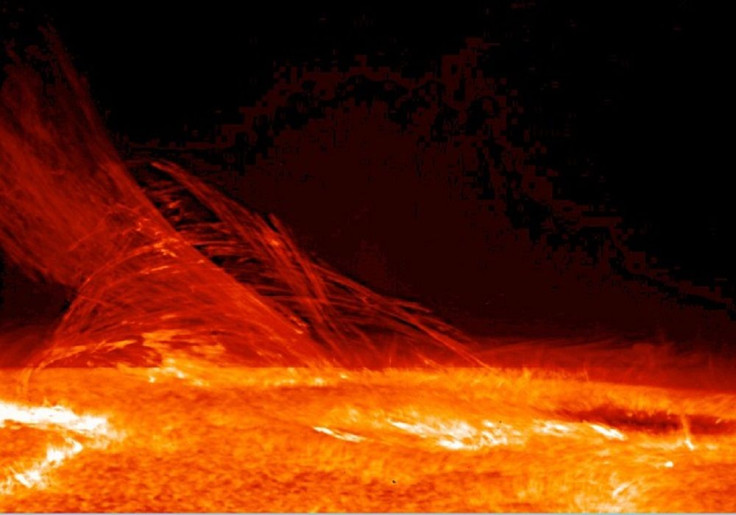The Sun Looks Like A Painting In Stunning New Images
KEY POINTS
- The NSF released new images from the Daniel K. Inouye Solar Telescope
- They show the Sun in incredible detail
- Such detailed solar images could boost the understanding of the Sun's processes
The newly released images of the Sun from the Daniel K. Inouye Solar Telescope are mesmerizing, to say the least. They look quite like they came straight out of a painting.
The Daniel K. Inouye Solar Telescope (Inouye Solar Telescope) is said to be the "most powerful solar telescope in the world." Located on the island of Maui in Hawaiʻi, it uses the largest mirror among the other solar telescopes in the world and captured its first images only back in 2019.
The National Science Foundation (NSF), which operates the telescope, released a handful of stunning new images from the Inouye Solar Telescope on May 19. Gathered during its first year of operation, the mesmerizing images provide a special look at the Sun, looking quite like they were painted on with intense brush strokes.
New images from the @NSF's Daniel K #InouyeSolarTelescope! Light bridges, sunspots, and other structures are featured. These images were drafted from data obtained during the first Cycle of observations, previewing the exciting science underway: https://t.co/VHHorpslmp #NSFfunded pic.twitter.com/68CRRIQ8St
— NatlSolarObservatory (@NatSolarObs) May 19, 2023
The images highlight features like sunspots and quiet regions, the NSF explained. But they don't just provide incredible views of the Sun for people to marvel at because such images may actually help with the critical understanding of our host star's processes better, for instance, its sunspots that may actually have an impact on our planet.
"Complex sunspots or groups of sunspots can be the source of explosive events like flares and coronal mass ejections that generate solar storms," the NSF noted. "These energetic and eruptive phenomena influence the outermost atmospheric layer of the Sun, the heliosphere, with the potential to impact Earth and our critical infrastructure."
This is not the first time that the Inouye Solar Telescope has wowed us with its incredible views of the Sun. Its first images also showed the Sun's surface in unprecedented detail, looking quite like mesmerizing "cell-like structures."
.
— NatlSolarObservatory (@NatSolarObs) January 29, 2020
Our star, in action, doing what it does. #2020SolarVision
.
Captured by @NSF Inouye Solar Telescope pic.twitter.com/nTEUmfGIaT
Altogether, such detailed images of the Sun could lead to better space weather forecasting — something that could prove critical should a potentially harmful space weather event occur.
So far, the telescope is still at its Operations Commission Phase, when it's still on the way to its "full operating capabilities," the NSF said. But these impressive images are already giving us a glimpse of the kind of science that the Inouye Solar Telescope can provide.
"The newly released images make up a small fraction of the data obtained from the first Cycle," the NSF noted. "As the Inouye Solar Telescope continues to explore the Sun, we expect more new and exciting results from the scientific community — including spectacular views of our solar system's most influential celestial body."

© Copyright IBTimes 2025. All rights reserved.






















